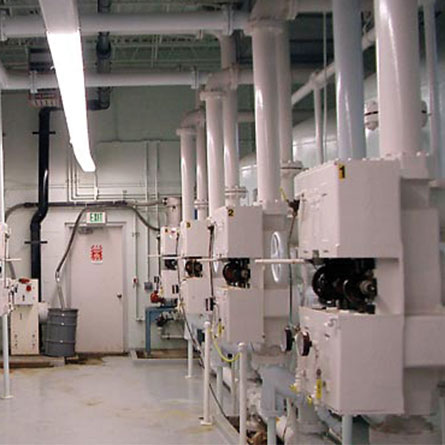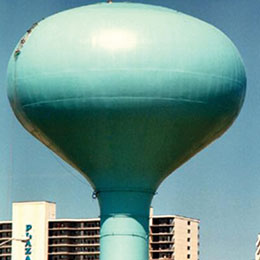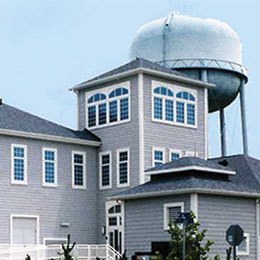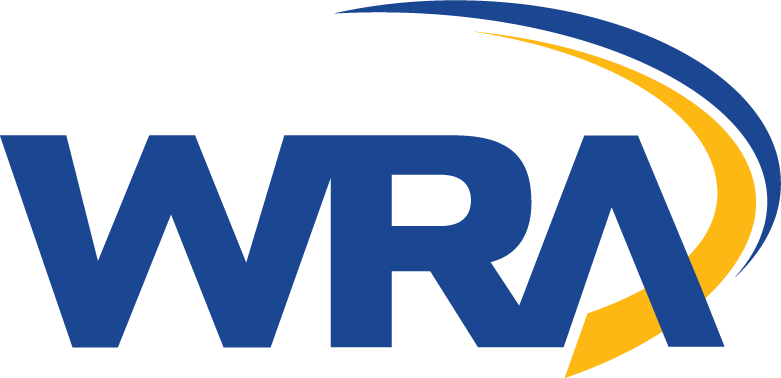Ocean City Water Master Plan. Ocean City, Maryland.
The hydraulic modeling portion of the project involved updating the existing hydraulic model in H2ONet, and using the updated model to analyze the Town’s distribution system. The Town’s distribution system is comprised of three treatment plants with a maximum output of 18.0 MGD, seven elevated water tanks, and one 2.0 MG ground storage tank. The hydraulic model was used to evaluate alternatives for operating the system to provide potable water while maintaining flow, pressure, required fire flows and water quality standards. The model was also used to confirm the fire flow benefits of pipe looping suggestions presented by the Town’s fire department. Recommendations for system improvements were summarized in the Capital Improvements Plan.



Services Performed
Project Highlights
Water Storage
The hydraulic model was utilized to evaluate water quality concerns during off-season demand periods. Simulations were conducted to determine water age throughout the system under various operating conditions. Mixing systems were provided in each water storage tank to improve water quality.
Source Water Development
Historical trends regarding groundwater salinity were updated and evaluated to facilitate long-term planning for future desalination. This planning was coordinated with ground water modeling recently conducted by the Maryland Geological Survey.
Environmental
The Town’s compliance status relative to USEPA Safe Drinking Water Act (SDWA) Amendments was assessed. Recommendations for treatability investigations relative to various strategies for reducing concentrations of Trihalomethanes in the water distribution system were presented and subsequently executed.
Civil/Land Development
Planning was provided for construction of pipe looping at various locations for distribution system water quality concerns as well as for improved fire flows at certain hydrants. Due to the numerous water canals present, subaqueous construction was subsequently utilized.
Mechanical
The three water treatment plants and 24 well houses were evaluated relative to reliability of mechanical components. Recommended HVAC upgrades for the well houses have been programed in the CIP.
Electrical
The three water treatment plants and 24 well houses were evaluated relative to electrical reliability. Recommendations included providing VFDs for various well pumps and standby generators at critical well house locations.
